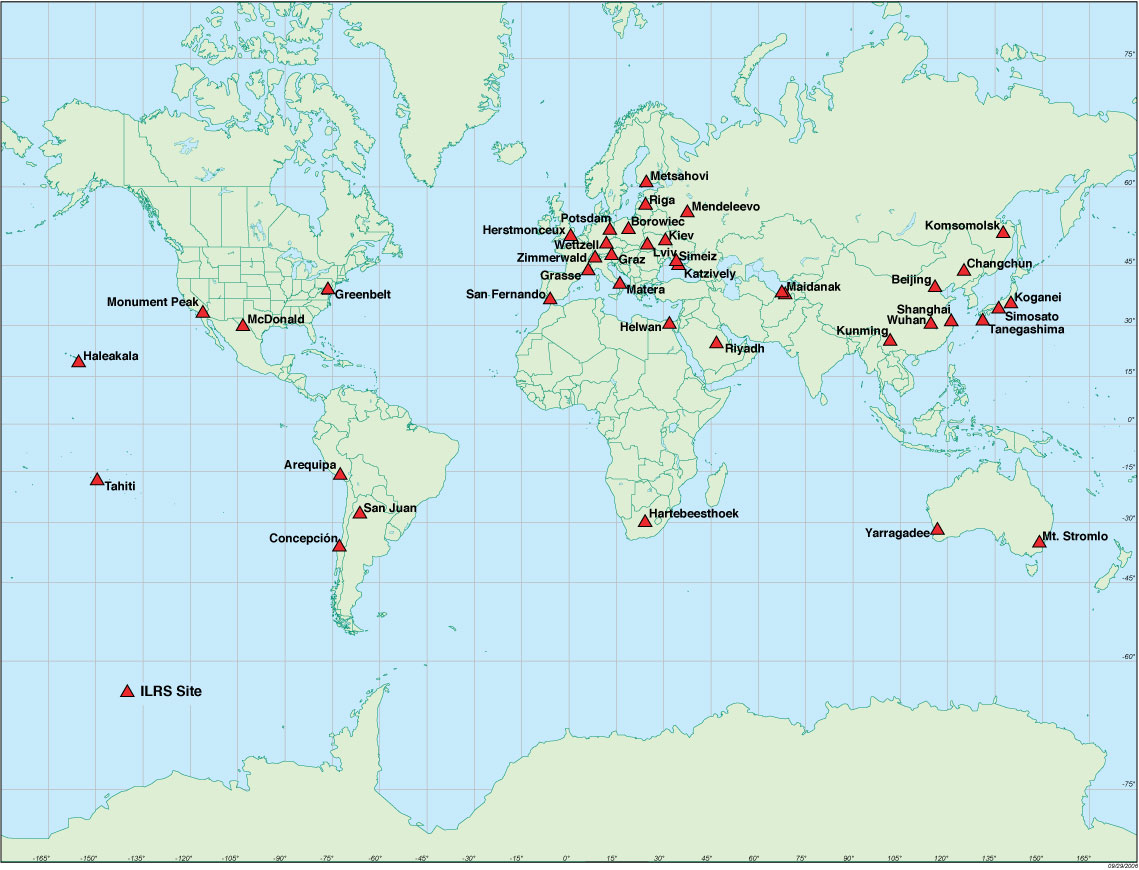Why Africa
This page has also been translated to:
French
South Africa plays a unique role in Space Geodesy by providing a fundamental station (station where 4 space geodesy techniques are collocated) in Africa and the Southern Hemisphere. Not only is there the huge geographical advantage but also the skilled manpower and political will to support such a station has provided South Africa with a positive image in the science arena. HartRAO’s contribution has extended beyond its borders into the SADC region and GPS stations have been installed in Namibia, Botswana, Mozambique and Zambia through collaboration with other agencies. This works supports the African Reference Frame project and densifies the ITRF in Africa. GPS stations have also been collocated with tide gauges in South Africa to assist global sea level monitoring projects. These projects are ongoing and provide a steady growth in the number of stations available to local and international users and provide the basis for capacity building in several spheres of science. Several students are undergoing their post-graduate training at HartRAO and it is planned that a selection of these students will become the core of the future of space geodesy in South Africa.
The value of our participation in the space geodesy networks is indisputable and is clearly illustrated by the willingness of the international community to support our activities by the provision of equipment, which we have not been able to fund ourselves. As an example, all the GPS equipment we have installed since 1996 until 2006, were provided by foreign collaborators, especially the Jet Propulsion Laboratory (JPL) of NASA. The SLR (MOBLAS-6) operated by HartRAO is also an ongoing NASA/HartRAO collaboration. However, the presence of equipment does not always go hand in hand with the presence of adequately supported local capacity, which in itself requires facilitation by the science funding organizations in South Africa. The equipment we have currently is functional, but maintained with difficulty due to the age of the technology around which these systems were developed. For South Africa to keep playing a growing, academically and technologically competent role, the ageing equipment and the too small scientific and technical component in terms of manpower must be radically enhanced to secure our continued (and improved) global participation. This new role will require the development of local human capacity and technical competence, the development and training of keen young scientists within a system that will provide careers and job satisfaction, as well as the development of a new space geodesy observatory equipped with state of the art equipment. It is envisaged that continued support by the international community will in any event lead to the placement of additional advanced instrumentation which support space geodesy, Earth observation or related scientific fields at the new site.

A map depicting SLR station locations. South Africa is at a strategic position.


